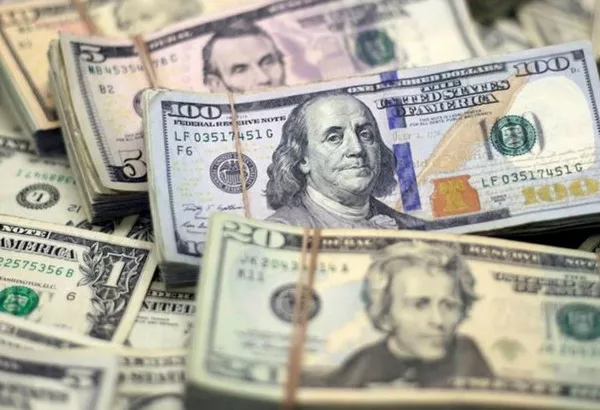In the vast realm of American currency, the United States has seen various denominations come and go. However, one particular note has always captured the imagination of collectors, historians, and enthusiasts alike – the largest US dollar bill. This article delves into the fascinating world of US currency to uncover the history, design, and significance of the largest denomination in circulation.
The Birth of the Behemoth:
The largest US dollar bill ever produced is the $100,000 bill, featuring the portrait of President Woodrow Wilson. Printed during a time when the gold standard was firmly in place, these bills were not intended for public circulation but were rather used exclusively for transactions between Federal Reserve Banks. Introduced in 1934, the $100,000 bill played a crucial role in facilitating large-scale interbank transfers.
Design and Security Features:
Despite being confined to transactions among Federal Reserve Banks, the $100,000 bill was designed with intricate details and advanced security features. Its dimensions were larger than the common banknote, measuring 8.25 by 3.125 inches. The front of the bill displayed a distinguished portrait of Woodrow Wilson, the 28th President of the United States, while the back featured an allegorical depiction of the United States in allegorical form.
Security features included a distinctive yellow seal, unique serial numbers, and the obligation to exchange the bill for gold upon demand. These measures were implemented to deter counterfeiting and ensure the integrity of high-value transactions in a time when the gold standard played a crucial role in the American monetary system.
Historical Significance:
The issuance of the $100,000 bill was not arbitrary; it was a product of a specific historical context. The United States was grappling with the economic challenges of the Great Depression, and the government sought ways to streamline and fortify the financial system. The $100,000 bill was part of a series of high-denomination notes introduced during this period, ranging from $500 to $100,000.
While these high-denomination bills played a crucial role in facilitating large-scale financial transactions, their usage diminished over time. The advent of electronic fund transfers and other modern financial technologies rendered the need for physical high-denomination bills almost obsolete.
Collectors’ Obsession:
As a consequence of their limited circulation and unique design, $100,000 bills have become highly sought after by currency collectors. The scarcity of these bills, coupled with their historical significance, has led to a thriving market for rare and antique currency. Auctions and private sales often see these bills changing hands for substantial sums, making them not only a piece of monetary history but also an investment for collectors.
Legal Tender Status:
Although the $100,000 bill was once a legal tender, its status has evolved over the years. The Gold Reserve Act of 1934 officially withdrew gold certificates from circulation, rendering the $100,000 bill obsolete in terms of its original purpose. However, the bills remain legal tender, and owning one is not illegal. Due to their rarity and historical value, these bills are often showcased in museums, private collections, and exhibitions.
Controversies Surrounding High-Denomination Bills:
While the $100,000 bill itself is not embroiled in controversies, the concept of high-denomination bills has sparked debates over the years. Some argue that these bills facilitate illegal activities such as money laundering and tax evasion due to their convenience in handling large sums discreetly. In response to such concerns, the U.S. government discontinued the printing of high-denomination bills in 1945.
The Last Breath:
The $100,000 bill, along with other high-denomination notes, took its final bow in 1945. The decision to halt their production was rooted in practical considerations, as the use of such high-value bills became increasingly obsolete with the advent of electronic banking and other technological advancements. The gold standard itself underwent significant changes in subsequent decades, further reducing the relevance of these notes in the evolving financial landscape.
Conclusion:
The largest US dollar bill, the $100,000 bill featuring Woodrow Wilson, stands as a testament to a bygone era in American monetary history. Its oversized dimensions, intricate design, and historical significance make it a prized possession for collectors and a symbol of a time when high-denomination bills played a crucial role in the nation’s financial infrastructure. As we navigate the complexities of modern finance, it is essential to reflect on the evolution of currency and appreciate the unique stories behind these artifacts that have shaped the economic landscape of the United States.


